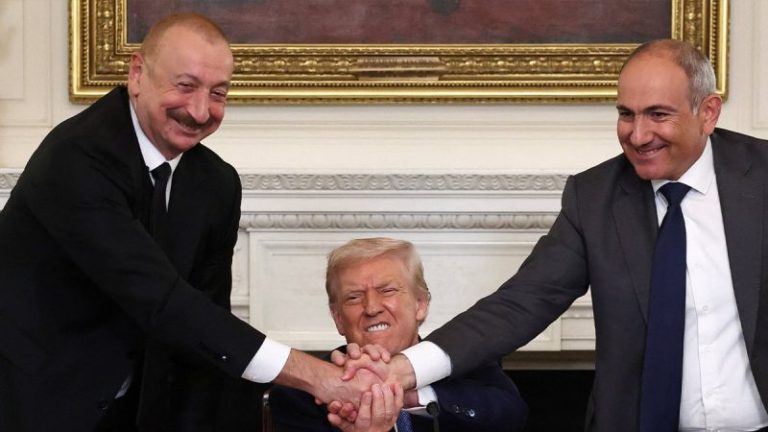(TheNewswire)
Vancouver, British Columbia / August 14, 2025 ‑ TheNewswire – Harvest Gold Corporation (TSXV: HVG) (‘ Harvest Gold ‘ or the ‘ Company ‘) is pleased to provide an update on exploration activities across its 100%-owned Quebec properties, all located in the Abitibi Greenstone Belt within the Urban-Barry area. The Company has mobilized a diamond drill to commence drilling at its Mosseau property, initiated a property-wide till sampling program at its Urban-Barry project, and completed a high-resolution airborne magnetic survey over the LaBelle property and recently acquired claims southeast of Mosseau .
Rick Mark, President and CEO of Harvest Gold states: ‘We are all very excited to be advancing exploration on all three of our Urban-Barry area properties, simultaneously. This includes our much-anticipated 5000 meter diamond drilling program at Mosseau and an extensive first time geochemistry examination at the large Urban-Barry property. And, we have now completed a first time look at another sizable property, Labelle, through an airborne geophysics program that is continuous with the very revealing mag survey done last year on Mosseau.’
Diamond Drilling at Mosseau
The diamond drill is expected to be mobilized this week to the Mosseau property. Phase I of the planned 5,000-metre diamond drilling program at Mosseau follows an extensive compilation of regional data, a high-resolution magnetic survey, and encouraging results from the soil sampling program and reconnaissance mapping and prospecting programs. Drilling will focus on high-priority targets in the northern portion of the property, which hosts numerous historical gold showings, as well as in the Central area where recent geophysical and geochemical surveys have identified several quality targets for gold mineralization (Figures 2 and 3).
Till Sampling at Urban-Barry
Harvest Gold has also commenced fieldwork at its 19 km-long Urban-Barry property, which averages 4 km in width. Limited prospecting and mapping were conducted last summer; however, due to some reasonably extensive overburden, the Company determined that a till sampling survey would be the most effective tool to evaluate the property’s gold potential. The survey is being conducted by IOS Services Géoscientifiques and consists of NW-SE oriented sampling lines spaced 1,000–1,500 metres apart, perpendicular to the dominant ice-flow direction, with individual samples collected every 250–300 metres. A total of 145 samples are planned (Figure 4).
Magnetic Survey at LaBelle
This week, the Company completed a high-resolution airborne magnetic survey over the LaBelle property and newly staked claims, at a 50-metre line spacing totaling 1,368 line-kilometres (Figure 5). Conducted by Novatem Airborne Geophysics, the survey covers an area with minimal historical exploration, but is interpreted from government regional magnetic data to be the southeast extension of the mineralized corridor hosting known mineralization at Mosseau.
These programs are designed to expand the Company’s exploration pipeline and support future drill targeting across its broad Quebec project portfolio.
About Harvest Gold Corporation
Harvest Gold is focused on exploring for near surface gold deposits and copper-gold porphyry deposits in politically stable mining jurisdictions. Harvest Gold’s board of directors, management team and technical advisors have collective geological and financing experience exceeding 400 years.
Harvest Gold has three active gold projects focused in the Urban Barry area, totalling 377 claims covering 20,016.87 ha , located approximately 45-70 km west of Gold Fields Limited’s – Windfall Deposit (Figure 1).
Harvest Gold acknowledges that the Mosseau Gold Project straddles the Eeyou Istchee-James Bay and Abitibi territories. Harvest Gold is committed to developing positive and mutually beneficial relationships based on respect and transparency with local Indigenous communities.
Harvest Gold’s three properties, Mosseau, Urban-Barry and LaBelle, together cover over 50 km of favorable strike along mineralized shear zones.
Click Image To View Full Size
Figure 1: Project Location: Urban-Barry Greenstone Belt
Click Image To View Full Size
Figure 2: Magnetic Domains across the Northern and Central Target Areas of Mosseau
Click Image To View Full Size
Figure 3: Drill targets on the Mosseau property (magnetics)
Click Image To View Full Size
Figure 4: Till Sampling program in progress on the Urban-Barry Property
Click Image To View Full Size
Figure 5: Recently completed airborne magnetic survey lines on the LaBelle and Mosseau (2025) and airborne magnetic results of Mosseau (2024)
Qualified Person Statement
All scientific and technical information in this news release has been prepared and approved by Louis Martin, P.Geo., Technical Advisor to the Company and considered a Qualified Person for the purposes of NI 43-101.
ON BEHALF OF THE BOARD OF DIRECTORS
Rick Mark
President and CEO
Harvest Gold Corporation
For more information please contact:
Rick Mark or Jan Urata
@ 604.737.2303 or info@harvestgoldcorp.com
Neither TSX Venture Exchange nor its Regulation Services Provider (as that term is defined in the policies of the TSX Venture Exchange) accepts responsibility for the adequacy or accuracy of this release.
Forward Looking Information
This news release includes certain statements that may be deemed ‘forward looking statements’. All statements in this news release, other than statements of historical facts, that address events or developments that Harvest Gold expects to occur, are forward looking statements. Forward looking statements are statements that are not historical facts and are generally, but not always, identified by the words ‘expects’, ‘plans’, ‘anticipates’, ‘believes’, ‘intends’, ‘estimates’, ‘projects’, ‘potential’ and similar expressions, or that events or conditions ‘will’, ‘would’, ‘may’, ‘could’ or ‘should’ occur.
Although the Company believes the expectations expressed in such forward-looking statements are based on reasonable assumptions, such statements are not guarantees of future performance and actual results may differ materially from those in the forward-looking statements. Factors that could cause the actual results to differ materially from those in forward looking statements include market prices, exploitation and exploration successes, and continued availability of capital and financing, and general economic, market or business conditions. Investors are cautioned that any such statements are not guarantees of future performance and actual results or developments may differ materially from those projected in the forward-looking statements. Forward looking statements are based on the beliefs, estimates and opinions of the Company’s management on the date the statements are made. Except as required by securities laws, the Company undertakes no obligation to update these forward-looking statements in the event that management’s beliefs, estimates or opinions, or other factors, should change.
Copyright (c) 2025 TheNewswire – All rights reserved.










